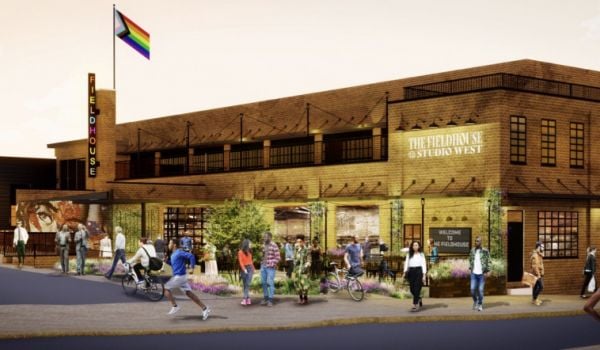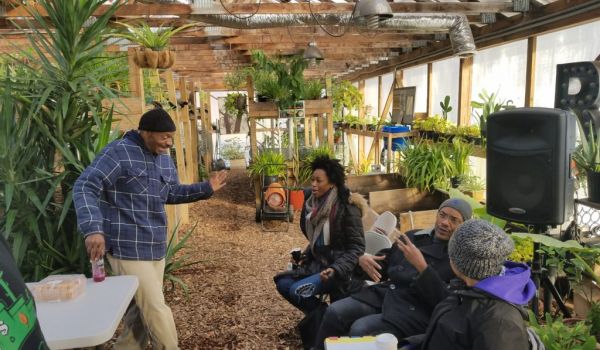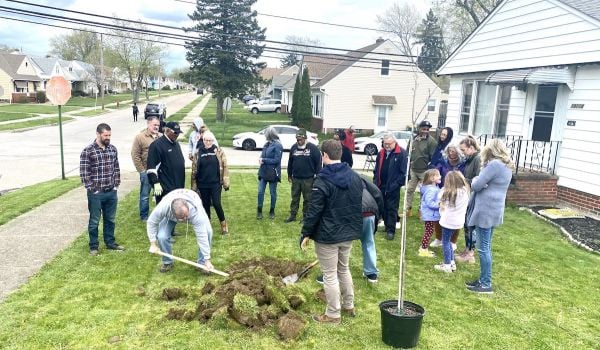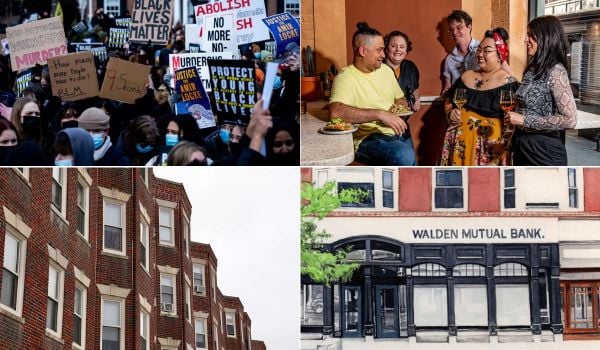This piece originally appeared on Rust Wire.
A city must know itself—its identity—so that it can attract people whose tastes align with what the city is really all about, minus the cookie-cutter banal that is the “trying” brand of boardroom-style branding.
The good news is that there is evidence that a growing number of people want exactly what Rust Belt cities have to offer. Now it’s up to Cleveland and the like to figure this out. From Governing Magazine:
[A] certain fascination with places that have fallen on hard times like the Rust Belt…has taken hold. Part of it is the scruffy, industrial look. It may also be a rejection of cities with gleaming condo towers, bistros and boutiques that were once so trendy yet now seem so frothy and fake in the wake of the economic meltdown… The other fascination is the defiance these Rust Belt cities have shown.
There is a term for this: Rust Belt Chic. Originating out of the blog i will shout Youngstown—and outed on a BBC special—Rust Belt Chic is a modern take juxtaposed over old-school sentiments. Part of rust chic is the look, and the corresponding aesthetic—the warmth of the faded, and the edge in old iron and steel. In fact this visual appeal has been alive on the coasts for some time now—ever present in the homes and bars of Brooklyn to the living rooms of Cali, the latter partly courtesy of factory vintage decor from the likes of Cleveland Art.
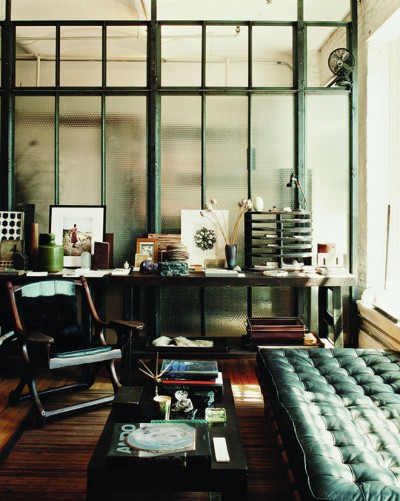
Credit: The Decorista.
Rust Belt Chic is also about culture, a mix of them. There is the culture of the old world, that paczki and babushka kind of thing. There’s the working culture, the longing for it, or that simple pleasantry associated with bagged lunch meat and beaten boots in the corner. And then there is the culture of grit. Grit has been a main gene in the DNA of American coolness for some time now. Cleveland-bred and New York-based writer Pete Beatty described the amalgam of grit, the Rust Belt, and coolness this way:
[T]he inevitable human tendency toward nostalgia, the birth and death of punk, the early, hardscrabble days of hip-hop, downtown/heroin chic, Bukowski, Taxi Driver, Tom Waits, Bruce Springsteen, The Outsiders, steeping in a stock of history: white flight, urban blight and renewal, crime, deferred maintenance of both the physical and notional infrastructure.
The problem—as far as Rust Belt branding goes—is that folks who make the official branding decisions barely give Rust Belt Chic a sniff. “Cool” to these folks means a rock hall exhibit. It means an aquarium. It means largely showing off what you have that other cities have instead of differentiating yourself into the branding gift that is literally evolving out of the American consciousness and into the Rust Belt city’s lap.
So what would be the content of such a branding movement? Below are a few examples, just as placeholders, and it is by no means exhaustive, or thorough for that matter. Really, it is just a quick study of contrasts, if only to show that such Rust Belt Chic-ness hasn’t found its way into the official pitch for Cleveland.
Why? Too Cleveland perhaps.
Places: The Industrial Flats
The Flats was where the city was birthed. It morphed into industry, then abandonment, then a spot of night life, then back to abandonment, or what comic Mike Polk famously referred to as “a Scooby Doo ghost town” in his Cleveland tourism videos. The area is intriguing, though, not only because they foster Cleveland’s best pieces of public art—its old bridges—but because it is slowly morphing into some Rocky-like, chicken-chasing and beef-punching recreational area, complete with folks walking past dead trains and abandoned tracks carrying weights. This is Cleveland’s version of muscle beach. Rust chic for sure.
Events: Polka Happy Hour with DJ Kishka
Eastern Europe has deep roots not only in Cleveland, but the Rust Belt in general. Polka was huge in Cleveland for decades, with “America’s Polka King,” Frankie Yankovic, hailing from the area. Now polka is being taken to the turntables with DJ Kishka. Once a month he entertains a hipster spot on the city’s Near West Side called Happy Dog. The place rocks, with a contingent of old school Poles as happy as kielbasa that the young and the non-polish are being brought up to speed (click here for the full monty).
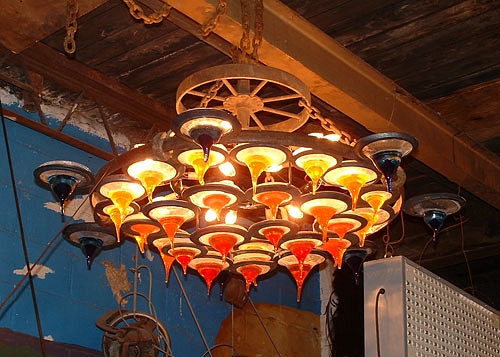
Local Business: The Glass Bubble Project
In the shadow of the West Side Market is something I can’t put my finger on. Part gallery, part performance art, part DIY everything, part retail, part ad hoc bar and whole badness is the Glass Bubble Project. Besides the beautiful blown glass there is a rooster, birds flying around via a hole in the roof, a hot water tank collecting residual heat from a kiln fashioned via an old oil drum. Quirky and hardscrabble, yeah. Beautiful industrial design, yeah. Cleveland, yeah.
That is one slice of Cleveland’s Rust Belt Chic. There’s not much to it, but there is a lot more of it, and it’s just Cleveland being. And it’s enough for many, even Anthony Bourdain, the New York writer who has been all over the world. Cleveland is one of his favorite places. His biggest knock? This:
I think that troubled cities often tragically misinterpret what’s coolest about themselves. They scramble for cure-alls, something that will “attract business”, always one convention center, one pedestrian mall or restaurant district away from revival. They miss their biggest, best and probably most marketable asset: their unique and slightly off-center character. Few people go to New Orleans because it’s a “normal” city—or a “perfect” or “safe” one. They go because it’s crazy, borderline dysfunctional, permissive, shabby, alcoholic and bat shit crazy— and because it looks like nowhere else. Cleveland is one of my favorite cities. I don’t arrive there with a smile on my face every time because of the Cleveland Philharmonic.
But if you are into that sort of thing, we got a hell of an orchestra too…

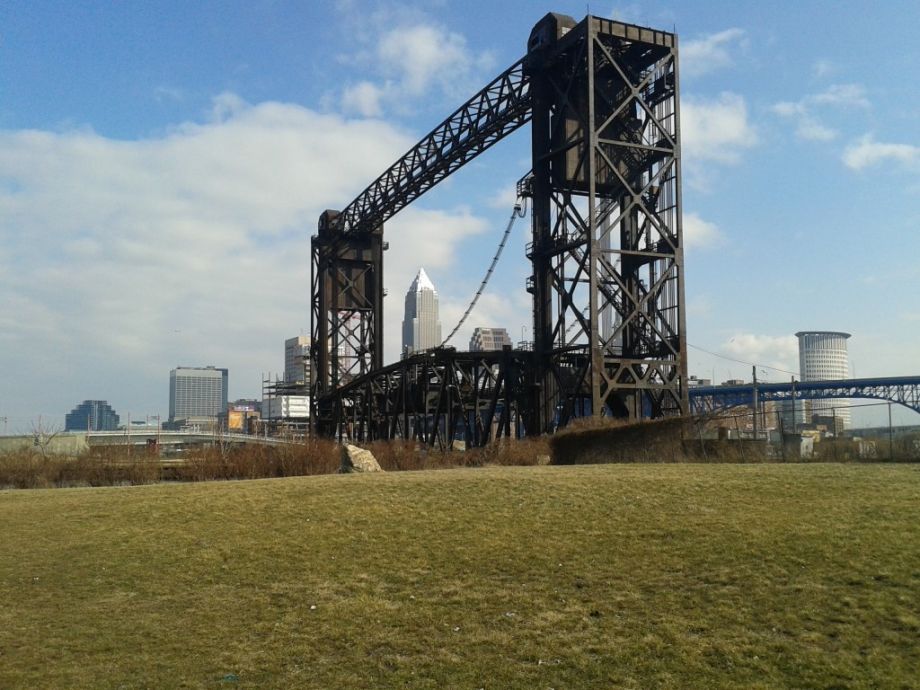
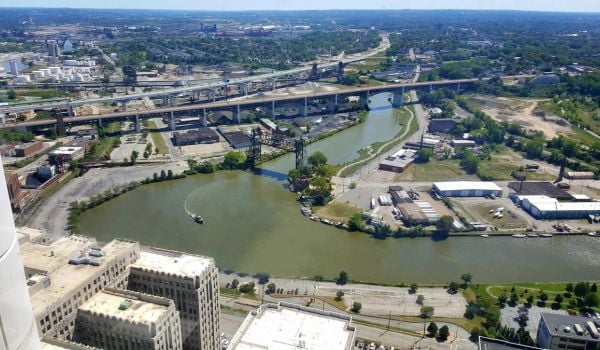
__Sean_Corrigan_from_Cleveland_Sews_(center)__and_Paula_Coggins_from_Oh_Sew_Powerful_(right)_sew_leftover_banners_from_the_NFL_Draft_into_handbags_-_photo_by_Sophie_Kannberg_600_350_80_s_c1.jpeg)
